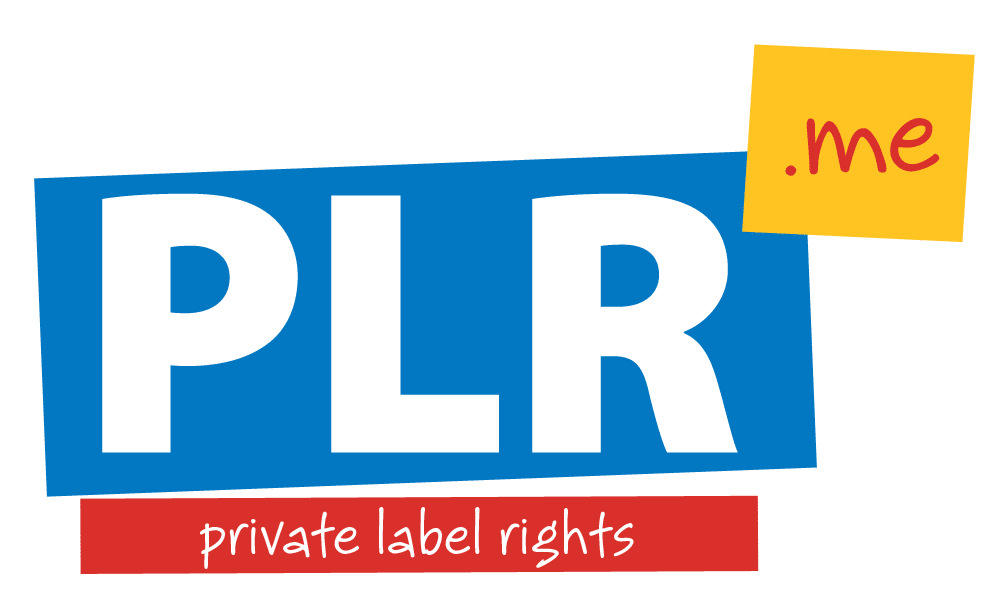Yesterday, I told you about the two key pillars of success as an online business owner:
1. MASTERING YOUR MIND.
– Start thinking that you CAN (and will)
2. MAKING A COMMITMENT.
– Commit to doing LITTLE things regularly.
Then I asked:
“How can you ADD VALUE to the buying experience?”
…And your responses were AWESOME!
I couldn’t reply to everyone, but I appreciate all of you who shared your ideas!
Here are the top replies…
1. Do weekly podcasts and videos sharing a piece of the product (or the top questions) each week.
Thanks to: Alease McClenningham!
I LOVE this idea!
It mashes together consistency, personality marketing, transparency, and customer interaction… all into one.
In fact, a very good friend has been doing this every week, and has really built an even stronger following with his customers.
Here’s the quickest way to do this:
- Collect the top 5-10 questions relating to the product, once per week (or have an assistant or spouse do it for you)
- Record your response to the top questions via a face-to-face video (or a mic for a podcast).
- DO THIS REGULARLY – every… single… week… posting it on YouTube, Facebook, and so on.
Now guess what happens…
- That video can be transcribed and posted as a weekly blog post
- You’ve got a following who begin to look forward to your weekly “video blog” (aka video podcast), which encourages you to continue doing it every week
- After a few weeks, you can collate all those questions you’ve answered and turn that into another book (or a companion guide, or a compendium or whatever!)
Beautiful, ain’t it? 🙂
2. Create PDF case studies using Product Creator Pro distributed via the document sharing sites.
Thanks to: Kim Rhodes!
Case studies are POWERFUL. A good, truthful, and realistic case study can win over the toughest critic.
Plus, when you use Product Creator Pro, your case studies will look very professional and trustworthy.
A good case study needs to show:
- The original pain, problem, or barrier that needs to be overcome (i.e. losing weight)
- What solutions were tested before, and how they failed to work or failed to have a lasting solution. (i.e. “I tried 10 diets and nothing worked. My weight would rebound…”)
- The new, ideal solution (i.e. the affiliate product or your own product)
- Healthy dose of skepticism (“I didn’t think it was going to work, especially after trying and failing 10 times before”)
- The end result and how it was achieved
- Proof of the end result (visual before/afters, screenshots, etc.)
- Call to Action (link to the offer)
- Any bonuses/specials if they purchase through you, explaining the terms of the bonus and how to get it
3. Transparent reviews & demos via video screencasts.
Thanks to: Wyteria Jacobo!
The key with this is to be completely transparent and honest. You can’t talk about the pros without mentioning at least some cons.
And these reviews, demos, and walkthroughs need to have the best interests in mind for your customers (otherwise, they’ll never trust you again!)
Here’s a quick Affiliate Video Review Formula:
- Actually USE the product before reviewing it.
- Explain what it is, what it does, and the expected end result.
- Explain who it’s for, who it’s NOT for, and why.
- Discuss the pros AND cons.
- Show a visual walkthrough of the download area or the product in action. People need to “see” to believe.
- If you’ve used the product to achieve some successful end result, SHOW proof! (i.e. before/after pictures, positive feedback, financial proof, etc.).
- Summarize (easily scannable bulleted list summary).
- Offer any bonuses/specials if they purchase through you.
- Explain the terms of the bonus and how to get it.
- Call to Action: If it’s a video, put the link on the screen and in the video description. If it’s a podcast, try to shorten links so they are easy to say (and spell)
4. Run an accountability group for buyers – so your customers will work WITH your group implementing the product or program.
Thanks to: Joel Brown!
I LOVE this! Smart, smart, smart.
People don’t do this enough, but it’s got a double positive effect.
Firstly, it encourages people to want to buy from YOU because they’ll feel taken care of and motivated to succeed.
Secondly, it encourages YOU to implement the product or program.
We all know that a weight loss program done alone is a LOT harder than done in a group… same goes for any type of learning or lifestyle change.
Setting up an accountability group can be done really simply:
- Create a Skype group and all all buyers to that group so they can interact
- Hold weekly “check-in” workshops or Q&A workshops via webinars or teleseminars
- Send out daily emails or post daily blog posts on a members-only email list or private blog
- Run daily or weekly challenges and require buyers to submit their progress to you or the group
This is a SIMPLE bonus that encourages action and implementation. You look like a leader (and you are!), and you build a rabid fan base.
So how does this affiliate marketing, pre-selling, and adding value work in a practical sense?
Well…
- If you’re selling visualization software as an affiliate, you create resources, tools, training, videos, and guides that PRE-SELL the importance and need for visualization.
- Or if you’re trying to sell a hypnosis training course, you write a report, record a video, or hold a workshop that educates people about the benefits and ease of hypnosis.
Simple when it’s broken down, right?
This is something you can do… and it’s a LOT easier than you think. So stop THINKING and start DOING.
Pick ONE thing from the above and DO it!

Comments are closed.